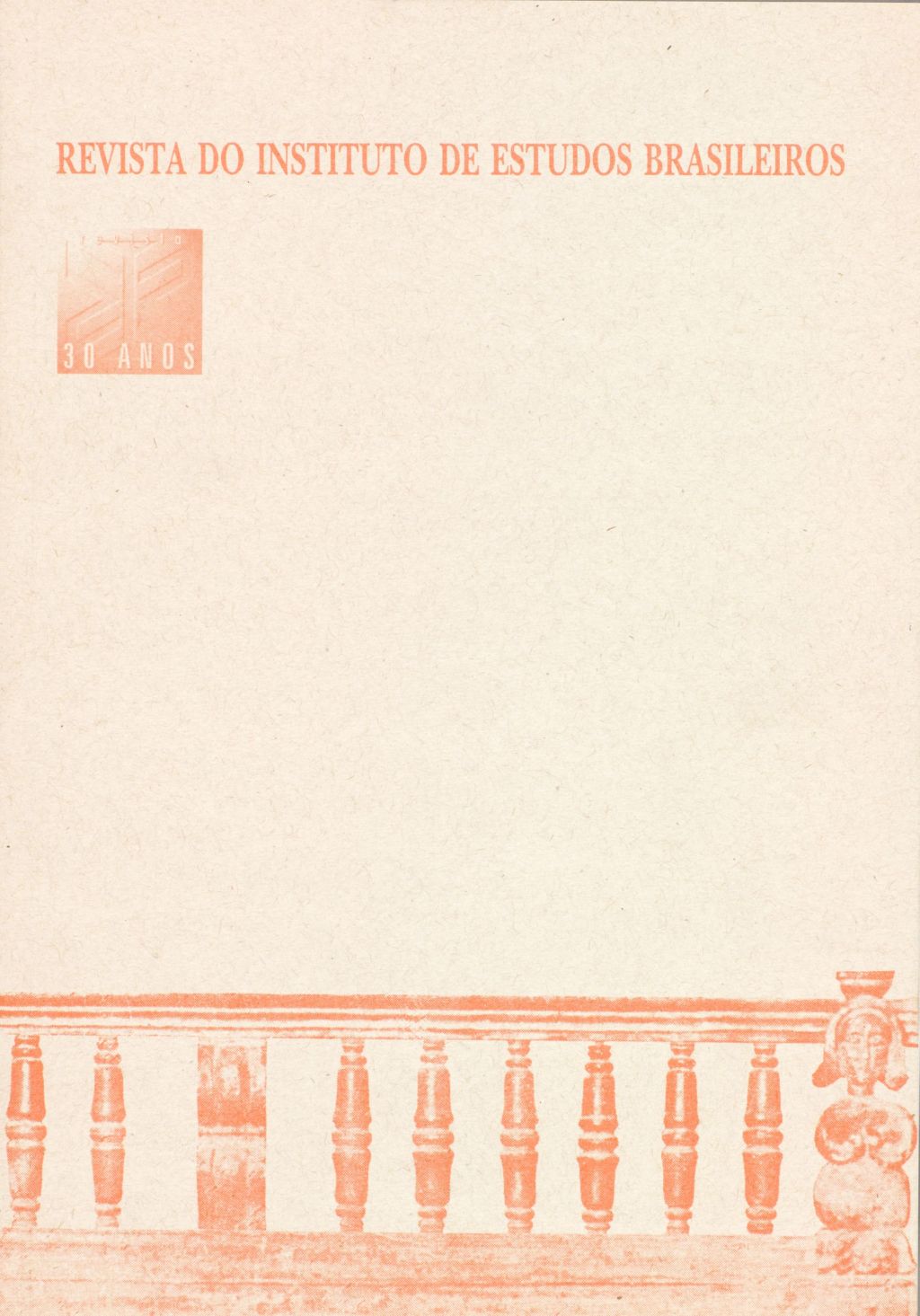Os lavradores de cana de São Sebastião
DOI:
https://doi.org/10.11606/issn.2316-901X.v0i40p173-190Palabras clave:
cana-de-açúcar, São Sebastião (SP), lavradores, escravos, Brasil colonial.Resumen
É bem conhecida a importância dos agricultores que plantavam cana sem terem engenho (os lavradores) no Brasil colonial em geral, mas não em São Paulo. Mostra-se neste artigo, porém, que sua presença foi muito significativa na vila paulista de São Sebastião, onde se verificou um auge econômico centrado na lavoura canavieira entre 1780 e 1830 aproximadamente. Sugere-se aqui que o aumento muito rápido da demanda de açúcar no período focalizado talvez tenha levado os fazendeiros mais ricos a concentrarem seus recursos na construção de engenhos, precisando então complementar indiretamente a mão-de-obra com o trabalho de outros indivíduos livres e dos eventuais escravos destes.Descargas
Los datos de descarga aún no están disponibles.
Descargas
Publicado
1996-01-31
Número
Sección
Artigos
Licencia
- Todo o conteúdo do periódico, exceto onde está identificado, está licenciado sob uma Licença Creative Commons do tipo atribuição CC-BY.
Cómo citar
Fernández, R. V. G. (1996). Os lavradores de cana de São Sebastião. Revista Do Instituto De Estudos Brasileiros, 40, 173-190. https://doi.org/10.11606/issn.2316-901X.v0i40p173-190



